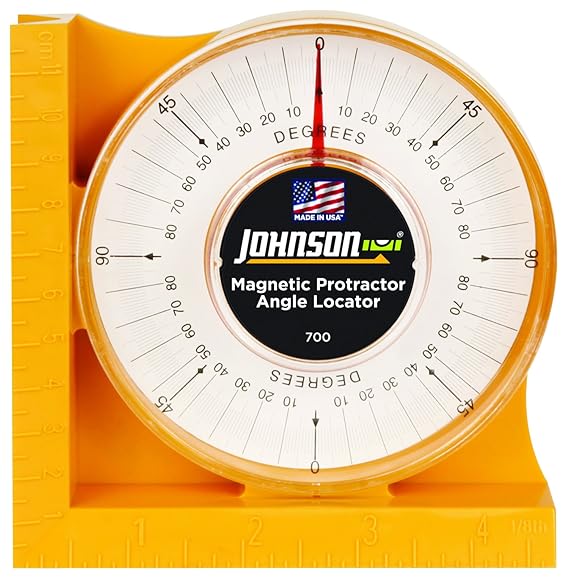Got it. So once you go to a good japanese chef knife you never go back, huh?
Looks like a few diamond stones and a finrr grit ceramic may be the best wsy for me to go. One last wuestion about diamond- is there any benefit to having the dmt polka-dot pattern blocks vs the straight blocks? What is required to keep metal shavings off the full diamond in order to keep its sharpening ability
Looks like a few diamond stones and a finrr grit ceramic may be the best wsy for me to go. One last wuestion about diamond- is there any benefit to having the dmt polka-dot pattern blocks vs the straight blocks? What is required to keep metal shavings off the full diamond in order to keep its sharpening ability

